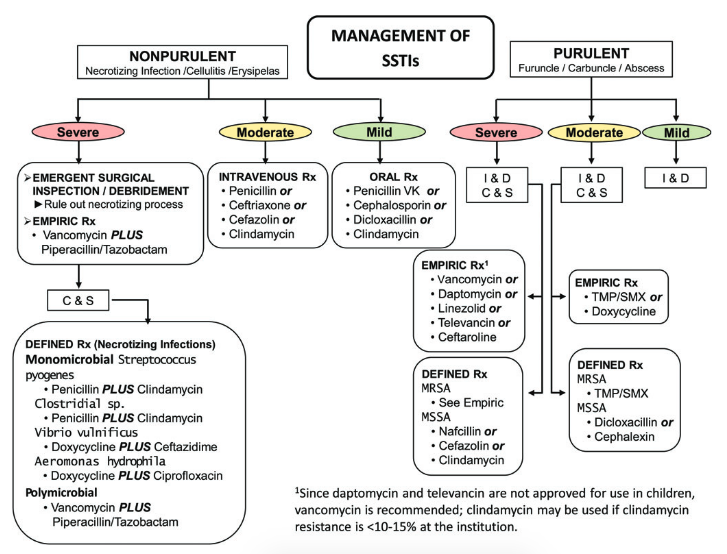Let's talk about hyperthemia today, the weird kind. NMS and SS - I often get confused between the two, so this is as much as I can remember:
NMS is SLOW, it happens slowly and takes forever to resolve. Fever + rigidity.
SS is FAST, hyper reflexive and agitated, quick on and relatively quick off. Fever + clonus.
Both have fever/elevated temp. Treat both with benzos. For NMS, add on bromocriptine (SLOW down BRO). For SS, just use the other weird-sounding drug (cyproheptadine).
I think it's also important to learn to recognize potential offending agents when you are doing med recs on patients.
Definitely not a comprehensive list but here are some our patients might be taking (or you are giving them):
NMS
typical antipsychotics > atypicals. Classically, haldol, droperidol, thorazine, pheneragan. Metoclopramide. Less rare but atypicals like clozapine, olanzapine, risperidone, quetiapine, ziprasidone.
SS
sertraline, fluoxetine, citalopram, paroxetine, trazadone, buspirone, venlafaxine, valproate, tramadol, fentanyl, meperidine, ondansetron, metoclopramide, sumatriptan, linezolid, dextromethorphan, MDMA, LSD, St. John’s wort, ginseng.
Check this out for more details and some of the more nitty gritty:
http://www.emdocs.net/toxcard-differentiating-serotonin-syndrome-neuroleptic-malignant-syndrome/

